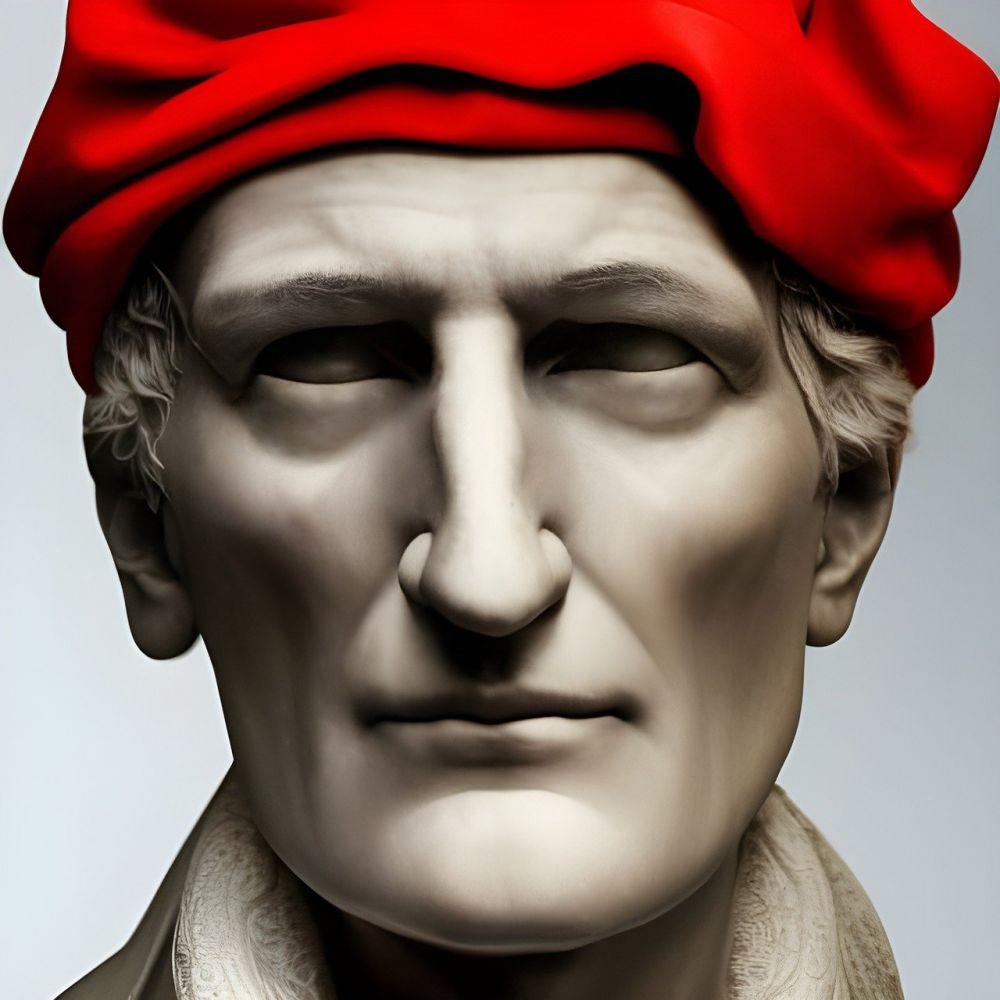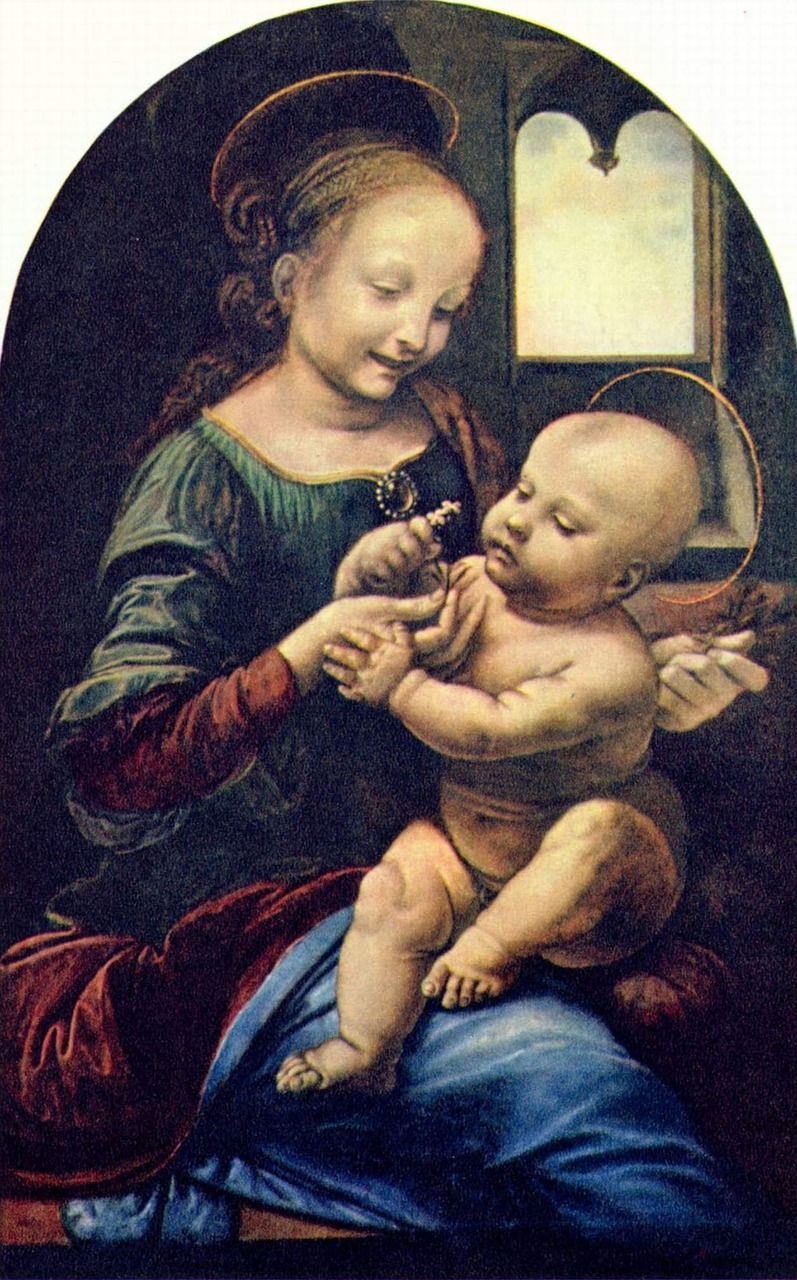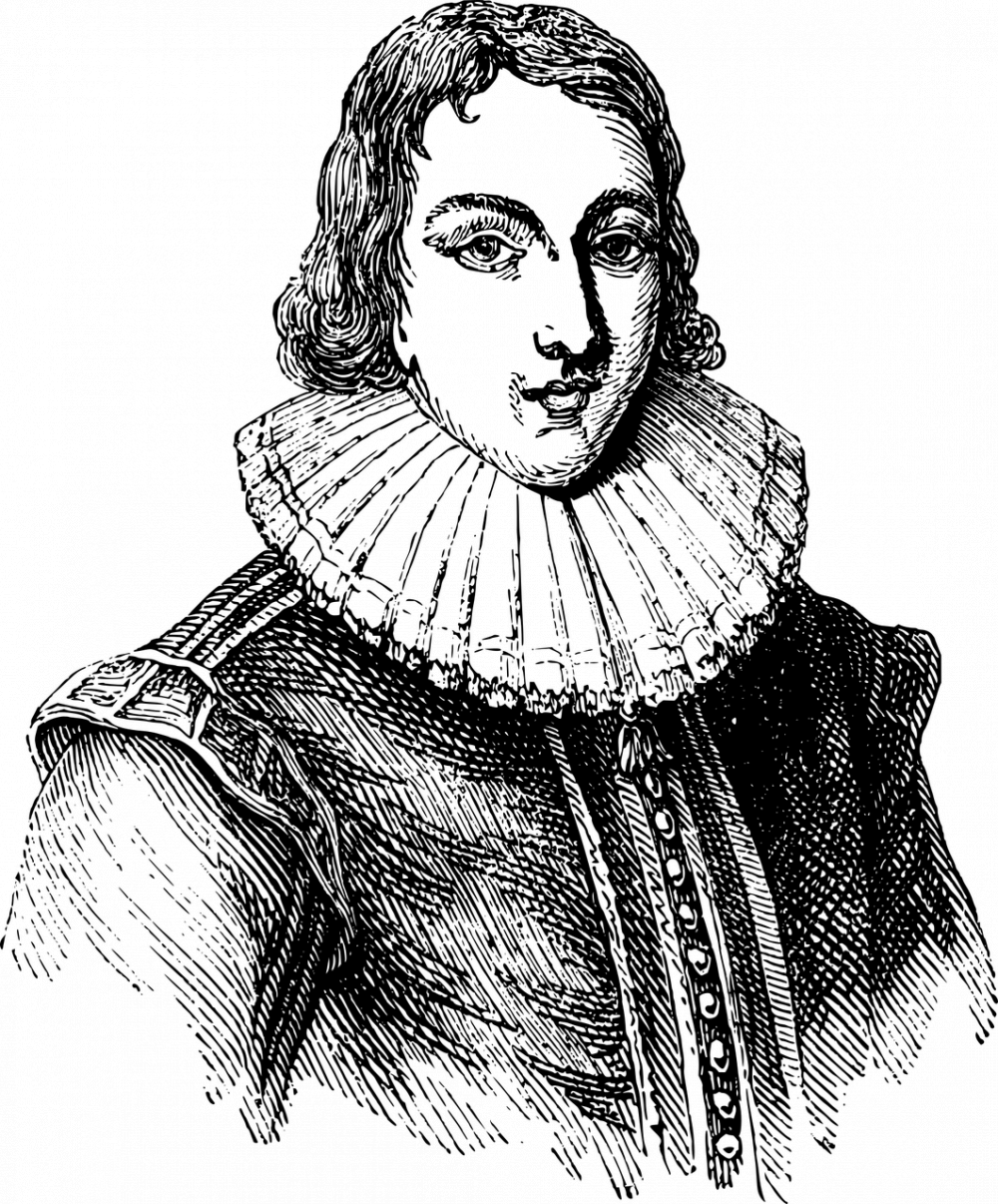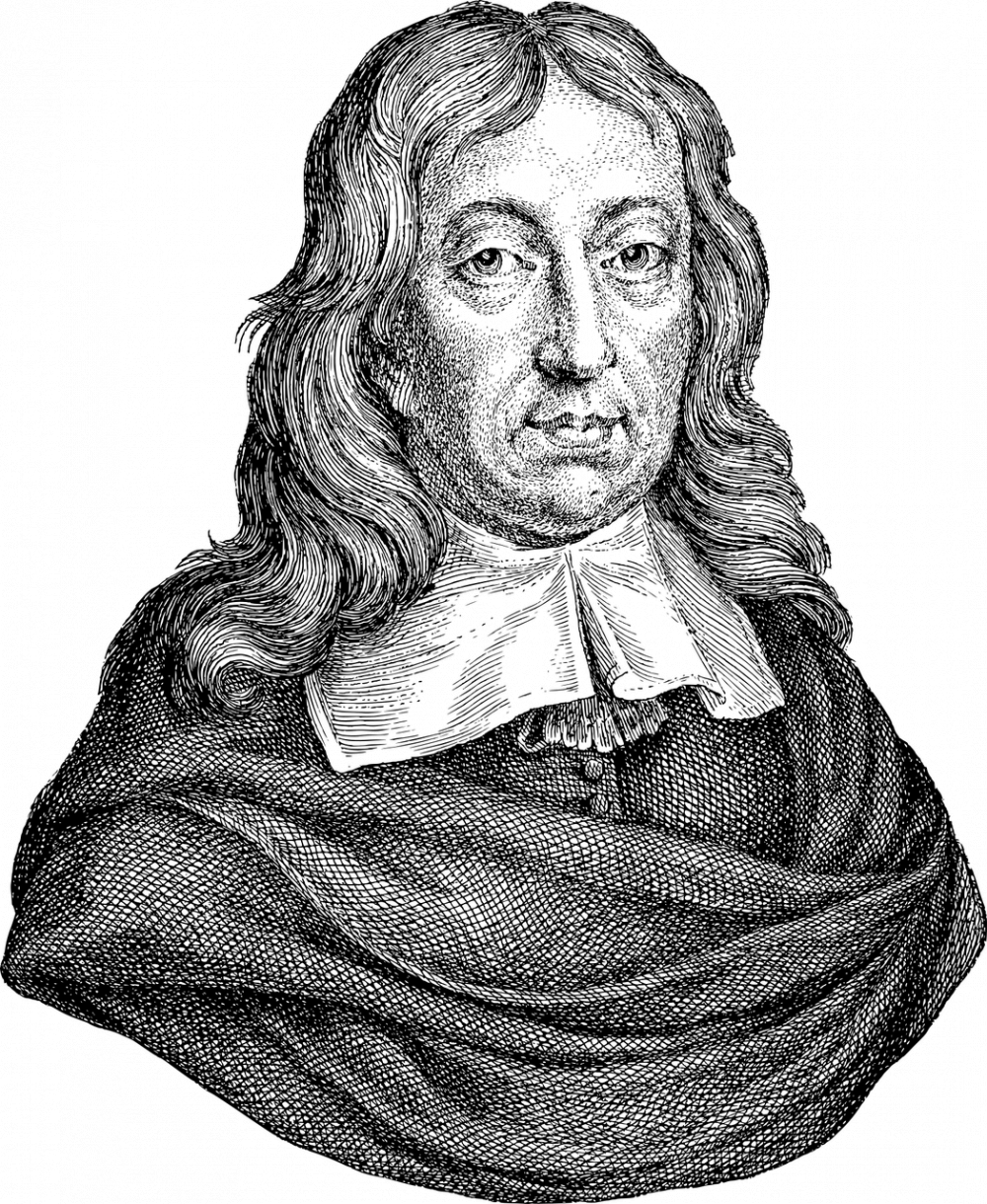The Raven by Edgar Allan Poe: A Historical Overview of a Timeless Masterpiece
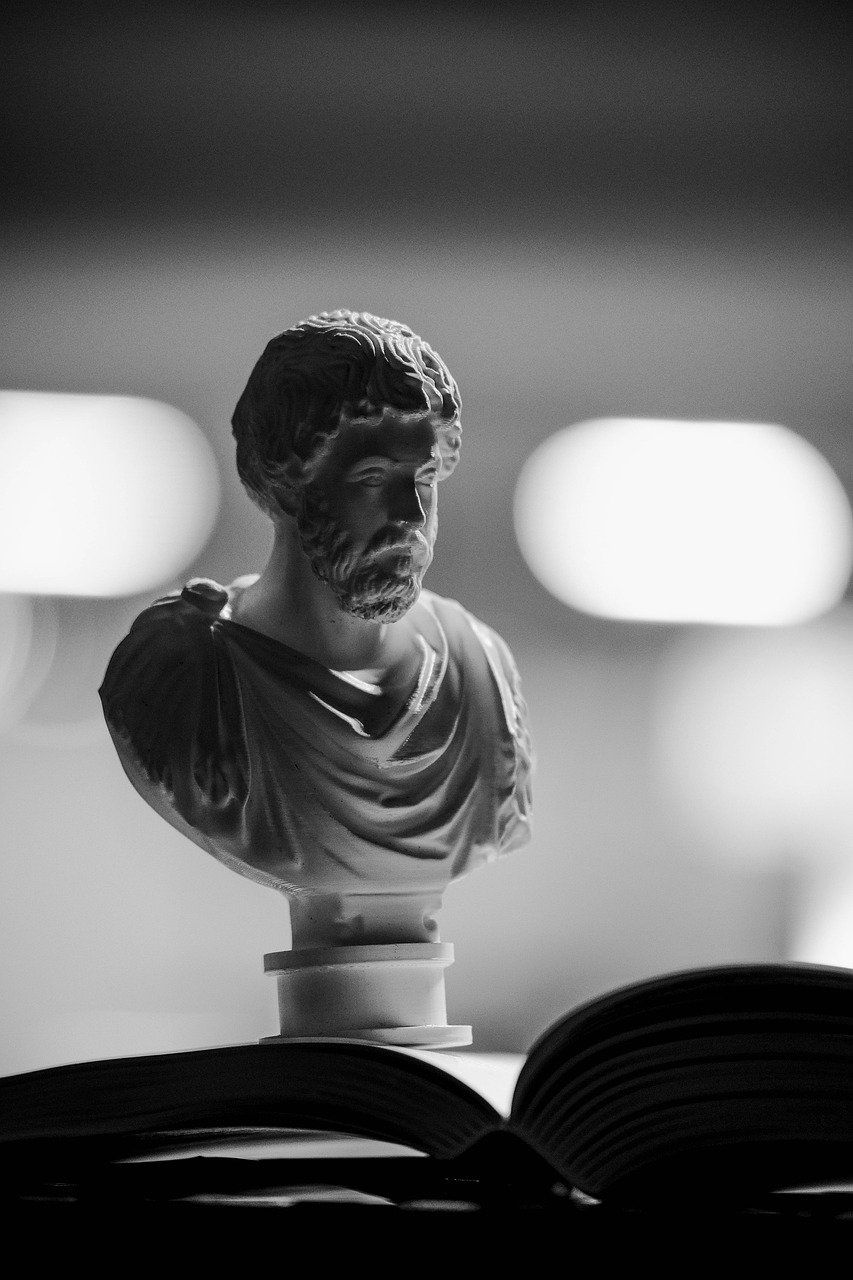
“The Raven” by Edgar Allan Poe: A Historical Overview of a Timeless Masterpiece
Introduction:
“The Raven” by Edgar Allan Poe is an iconic poem that has captivated readers for generations. Known for its dark and mysterious themes, it is considered one of Poe’s most famous works. In this article, we will delve into the depths of “The Raven” and explore its significance in the world of literature and art. Whether you are a newcomer to Poe’s writing or an avid fan, this article will provide you with an in-depth understanding of this hauntingly beautiful masterpiece.
The significance of “The Raven”:

“The Raven” tells the tale of a sorrowful narrator who is visited by a talking raven. The poem explores themes of grief, loss, and the descent into madness. With its melodic and rhythmic structure, it creates an eerie ambiance that resonates with readers even today. The use of symbolism, imagery, and repetition in the poem adds layers of meaning to the narrative, making it a captivating and thought-provoking piece of literature.
Historical Evolution of “The Raven”:
“The Raven” was first published in 1845 and instantly gained popularity. Its initial reception was mixed, with some praising its unique style, while others found it too dark. However, over time, the poem gained recognition as one of Poe’s most influential works. It became a significant part of the American Romantic Movement and solidified Poe’s reputation as a master of macabre storytelling.
Over the years, “The Raven” has undergone various interpretations and adaptations. It has been translated into numerous languages, allowing people from different cultures to experience its haunting beauty. The poem has also inspired countless artists, musicians, and filmmakers, who have used its themes as a foundation for their own creations. From paintings and sculptures to musical compositions and movies, the impact of “The Raven” on the art world is undeniable.
Key elements to know about “The Raven”:
1. Symbolism:
“The Raven” is rich in symbolism. The raven itself is often interpreted as a symbol of death and despair, representing the narrator’s inner turmoil. The use of the bird’s repetitive refrain, “Nevermore,” adds to the sense of dread and emphasizes the narrator’s inability to escape his grief.
2. The narrator’s descent into madness:
“The Raven” explores the theme of madness as the narrator becomes increasingly obsessed with the raven’s presence. The repetitive nature of the poem’s structure mirrors the narrator’s growing insanity, creating a sense of unease and tension.
3. The musicality of the poem:
Poe was known for his attention to rhythm and sound in his writing, and “The Raven” is no exception. The poem’s melodic quality adds to its allure, inviting readers to recite it aloud and experience the lyrical beauty of the words.
4. The influence of “The Raven”:
“The Raven” has had a profound impact on literature and popular culture. Its themes and imagery have inspired countless writers and artists throughout the years. The poem’s influence can be seen in works ranging from gothic literature to modern horror movies, highlighting its timeless appeal.
Conclusion:
“The Raven” by Edgar Allan Poe is a masterpiece that continues to captivate audiences with its haunting beauty and profound themes. Its enduring popularity speaks to the universal appeal of Poe’s writing and the timeless nature of his words. Whether you are a fan of Gothic literature or simply appreciate the power of poetry, “The Raven” is a must-read for anyone interested in exploring the darker corners of the human psyche. Its impact on literature and art is undeniable, making it an essential piece of cultural history that should be cherished by art lovers and collectors alike.
The Legacy of “The Raven”
“The Raven” has left an indelible mark on the world of literature and art. Here are some key points showcasing its enduring legacy:
– “The Raven” was first published in 1845 and gained significant popularity, solidifying Edgar Allan Poe’s reputation as a master storyteller.
– It became a cornerstone of the American Romantic Movement and influenced many future writers and poets.
– The poem has been translated into numerous languages, allowing a global audience to appreciate its beauty and symbolism.
– “The Raven” has inspired countless artists, musicians, and filmmakers who have incorporated its themes into their own works.
– Its symbolic use of the raven and exploration of madness and grief has made it a staple in Gothic literature and continue to influence modern horror genres.
– The poem’s captivating rhythm and sound have made it a favorite among reciters and performers, further cementing its place in popular culture.
“The Raven” by Edgar Allan Poe is not just a poem it is a testament to the power of art to transcend time and connect with audiences on a deep and emotional level. Its lasting impact and continued relevance make it a treasure for art enthusiasts and collectors seeking to engage with literature’s rich history.
